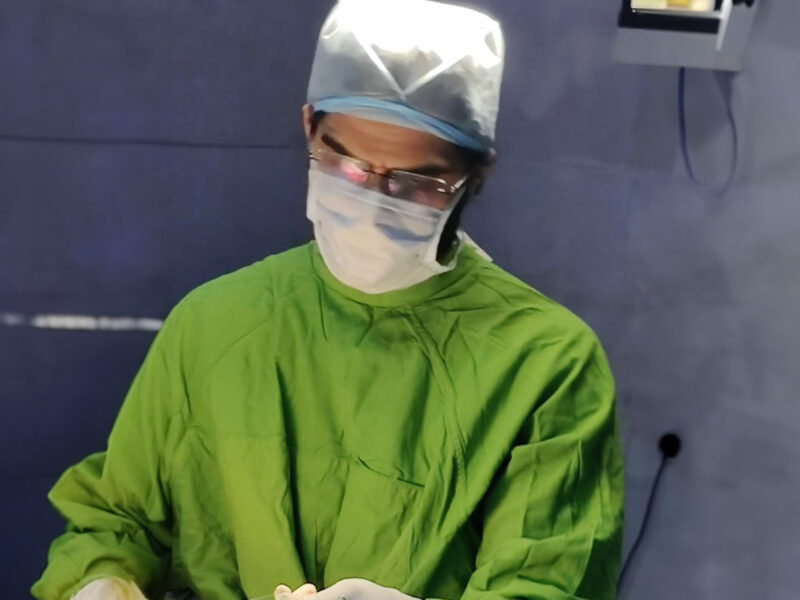Endoscopic surgery has emerged as a game-changer in the field of Ear, Nose, and Throat (ENT) surgery, offering patients minimally invasive solutions for a wide range of conditions. Let’s explore some of the latest innovations in endoscopic ENT surgery and their impact on patient care.
Navigation Systems: Advanced navigation systems integrate real-time imaging with surgical instruments, allowing ENT surgeons to navigate complex anatomical structures with precision and accuracy. These systems enhance surgical outcomes by improving visualization, reducing the risk of complications, and minimizing trauma to surrounding tissues.
Robotic-Assisted Surgery: Robotic-assisted surgery combines the precision of robotic technology with the expertise of the surgeon, enabling highly precise and controlled movements during ENT procedures. Robotic systems offer enhanced dexterity and access to hard-to-reach areas, making them particularly valuable for delicate procedures such as thyroid surgery and tongue base resection.
Image-Guided Surgery: Image-guided surgery utilizes preoperative imaging, such as CT scans and MRI, to create 3D maps of the patient’s anatomy. During surgery, these maps are overlaid with real-time endoscopic images, providing the surgeon with detailed guidance and improving the accuracy of surgical maneuvers. Image-guided surgery is especially beneficial for complex procedures like skull base surgery and sinus surgery.
Transoral Robotic Surgery (TORS): TORS is a minimally invasive approach to head and neck surgery that uses a robotic system to access and remove tumors through the mouth. This technique offers several advantages over traditional open surgery, including reduced post-operative pain, shorter hospital stays, and faster recovery times. TORS is commonly used for treating tumors of the tonsils, tongue, and throat.
Endoscopic Skull Base Surgery: Endoscopic skull base surgery involves accessing and treating lesions or tumors located at the base of the skull through the nasal passages. This approach eliminates the need for traditional open skull base surgery, which carries higher risks of complications and longer recovery times. Endoscopic skull base surgery offers patients a safer and less invasive alternative for treating conditions such as pituitary tumors and meningiomas.
Functional Endoscopic Sinus Surgery (FESS): FESS is a minimally invasive procedure used to treat chronic sinusitis and nasal polyps. During FESS, the surgeon uses an endoscope to access the sinuses and remove diseased tissue, opening up blocked passages and restoring normal sinus function. FESS results in less pain, faster recovery, and improved long-term outcomes compared to traditional sinus surgery techniques.
In summary, innovations in endoscopic ENT surgery have transformed the way we diagnose and treat a variety of ear, nose, and throat conditions. From advanced navigation systems to robotic-assisted techniques, these advancements are revolutionizing patient care, offering safer, more precise, and less invasive solutions for complex ENT problems.



